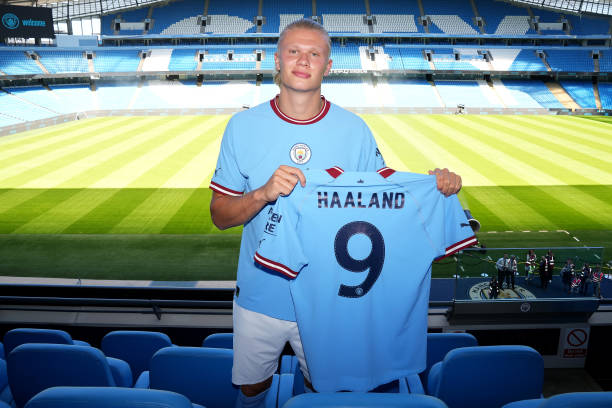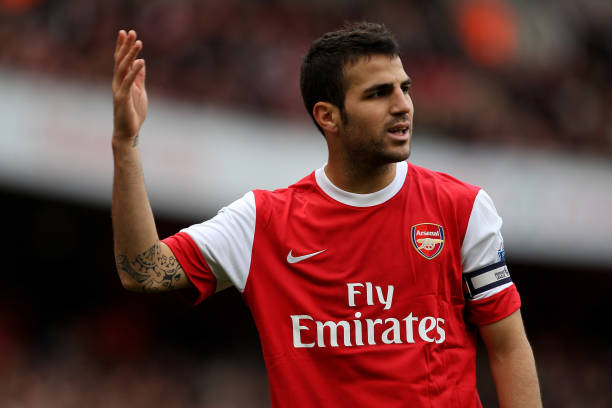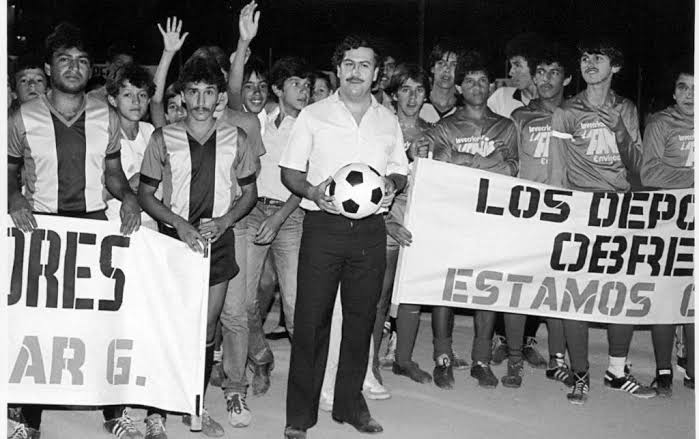The release clause or buy out clause is a very popular phrase in football transfer dealings which could sometimes be ambiguous for a couple of football fans due to the complications that occasionally appear in it.
Sometimes, it could be mistaken for the buyout clause. Therefore, for the sake of clarification, the release clause is the minimum amount of money that a club has to accept for a particular player.
While a buyout clause is a money, a player must pay in order to be able to leave the club. Of course, the money will be paid by the club that is buying the player.
The term “release clause” gained popularity in 2017 as the first high-profile transfer to be activated by it. Interestingly, no club has been able to sign another player for a higher fee ever since.
That year, Barcelona set quite a hefty sum of (€222 million) on Neymar, but Paris Saint-Germain chose to pay the amount, forcing the Spanish club to part ways with a player that was instrumental in the successes recorded by the Blaugrana club side during that period.
It must, however, be stated that the release clause has its own variables, which will be highlighted in this article alongside its pros and cons.
How Do Football Release Clauses Work?
When entering into a contract between a club and a player, the release clause can be agreed upon. But, it is never a mandatory aspect of contractual negotiations.
Most times, the release clause is usually infused when the player in question requests it.
It has been reported that the reason players ask for the insertion of the release clauses into their contracts is that they do not want to be unnecessarily tied to the club they’re entering the contract with.
And when it’s time to buy the player away from the club, the moment the full amount of the clause is paid, the negotiations will automatically end.
Is The Release Clause Mandatory?
As stated earlier, it is not mandatory to have the clause in the negotiations process because it has never been used globally in the football world, as only some leagues require players to have a release clause inserted in their contracts.
Players who play in the Spanish La Liga for example, are required to have the clause in their contracts with their respective club sides.
In other leagues, players may choose whether to insert the clause in their contracts or not.
In the Premier League, German Bundesliga, Italian Serie A, and the French Ligue 1, the players are at liberty to have the release clause or not.
Most of the football players with the highest release clause are in the Spanish La Liga.
Who Can Pay The Release Clause?
Naturally, the buying club is expected to pay the release clause to the selling club, after which the player will be contracted to it, as was seen when Manchester City signed Haaland.
In this case, Manchester City paid the full sum of the release clause to Borussia Dortmund.
Meanwhile, there are exceptions to this practice in Spain where the player leaving is to release himself from the clause.
Therefore, the buying club will give the money to the player, who will then go to pay it in person at the club’s headquarters.
This was witnessed in the transfers of Ronaldo and Neymar to Juventus and Paris Saint-Germain from Real Madrid and Barcelona, respectively. They paid their own release clauses themselves.
Another example was on 12 July 2019 when Barcelona announced the signing of Griezmann from Athletico Madrid after they activated his €120 million buy-out clause.

What Are The Pros And Cons Of A Release Clause?
One of the pros of the release clause is the bargaining power it gives the selling club. The club will be able to value the player as they wish.
Another juicy advantage is that the players will be able to decide whenever they want to leave the club, just as Haaland did when he was to join Manchester City.
Haaland had asked to leave when the clause became active, and it happened.
However, one of the cons is that release clauses make it somewhat tedious for smaller club sides to sign players with higher release clauses.
Also, the selling club will become powerless once the clause is triggered by the buying club. This means that they will have to release the player.
YOU JUST HAVE TO ALSO FIND OUT:
- How Do Football Leagues Make Money?
- How Are Player Soccer Match Ratings Determined
- How Are Soccer Teams Ranked?
- How Do Football Chants Start?
- What Is The Meaning Of Relegation In Soccer?
- How Does Goal-line Technology Work?
- How Do Football Clubs Make Money?
- How Do Football Commentators Know The Player?
- How Much Do Soccer Players Make?
- How Do Soccer Playoffs Work?







